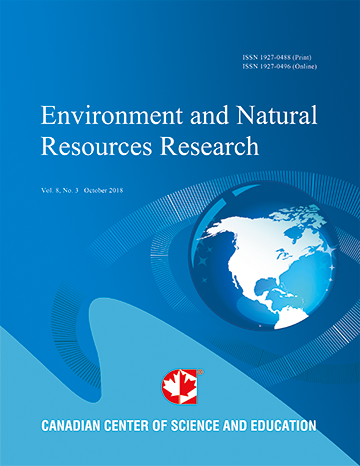Land Use and Land-Cover Change at “W” Biosphere Reserve and Its Surroundings Areas in Benin Republic (West Africa)
- Laurent Houessou
- Oscar Teka
- Ismaïla Toko Imorou
- Anne Mette Lykke
- Brice Sinsin
Abstract
Biosphere Reserves stand as the worldwide strategy of biological conservation. However, the current global land use change involves extensive loss of vegetation cover around the reserves and increase their vulnerability and their ecological isolation. The overall objective of this study was to assess the trends of land covers change in- and outside the “W” Biosphere Reserve (WBR) in Benin as well as the driving forces of land cover change in order to provide tools for its sustainable management. For this purpose, two serial times of maps from Landsat images TM 1995 and ETM+ 2006 were used to assess the rates and trends of the different land cover units from 1995 to 2006. Socioeconomic surveys based on structured interviews were conducted with 240 households in 8 villages around the reserve. Land clearing, tree logging, settlement and grazing were frequently quoted by the households as main driver forces inducing land cover change around WBR. Probability transition matrices of land cover displayed high probabilities (>0.6) in the southern part of WBR and moderate probabilities (0.3 to 0.5) in the northern part of WBR for woodland and savanna vegetation to be changed into cropland outside the reserve showing the persistence of vegetation degradation around WBR in the coming years. Our study revealed the urgent necessity of the development of conservation action planning to stop the agricultural frontline progression toward the reserve.
- Full Text:
 PDF
PDF
- DOI:10.5539/enrr.v3n2p87
Journal Metrics
Google-based Impact Factor (2016): 6.22
h-index (November 2017): 12
i10-index (November 2017): 19
h5-index (November 2017): 11
h5-median (November 2017): 12
Index
Contact
- Emily LinEditorial Assistant
- enrr@ccsenet.org
